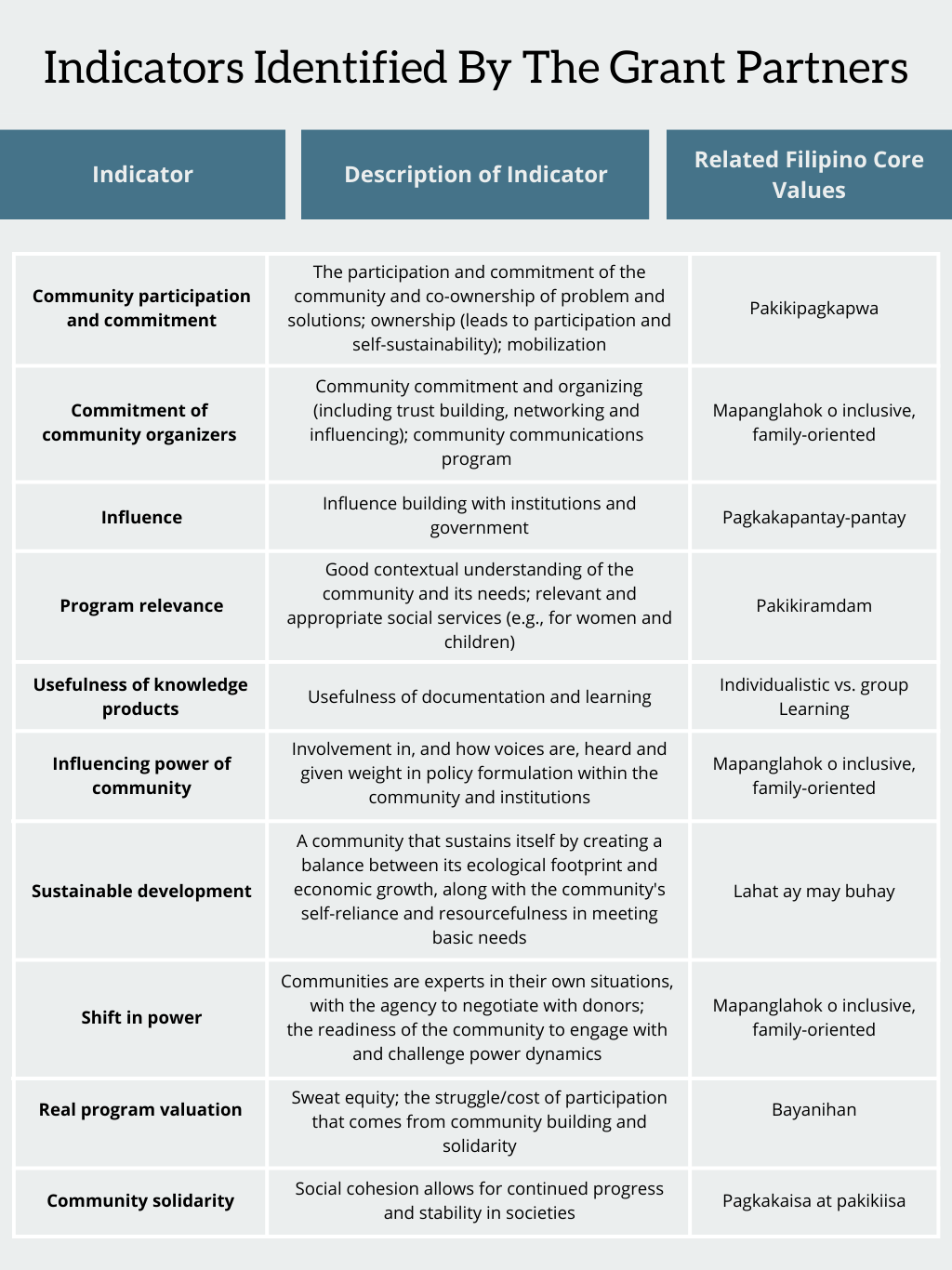Flexibility and innovation can be powerful tools for transforming lengthy funder requirements into equitable processes and partnerships.
Racism and colonialism are key drivers of mistrust toward local nonprofit organizations, and a reason for burdensome risk management processes and arduous compliance requirements in the social sector, according to a growing body of research. Onerous requirements create barriers for community organizations’ access to vital international funding, and when funding does reach the community, studies show local knowledge, assets, and values continue to be ignored and undervalued, despite continuing evidence showing that aid programmes are more likely to be successful if implementation and decision making is shifted to local actors.
Trust-based philanthropy is not a typical aspect of bilateral funding so we must shift our mindsets and get creative about how we manage risk and compliance requirements whilst ensuring local context is considered. Working with the Center for Disaster Preparedness (CDP) in the Philippines, my team at GlobalGiving learned how to adapt some of these lengthy requirements with the aim of promoting equitable funding partnerships and linking to Filipino values.
In addition to being burdensome, due diligence and compliance processes in grantmaking are often inequitable and require one-way accountability and low-risk tolerance based on the assumption that grassroots and local organizations are more risky. During this program, we strove to reframe ‘risk’ within our partnership with CDP by absorbing and sharing risk and supporting them with compliance policies and procedures.
Following a risk assessment and vetting process, CDP established their ability to manage a local grantmaking facility and meet funder requirements. They used their local knowledge and expertise to design a due diligence process for community organizations that was contextually appropriate and relevant, which they called the “Getting to Know Our Partners” (GTKOP) process. They wanted to ensure they started off on a friendly foot—one that removed judgment and offered partnership, rather than requesting mountains of documentation on the viability, capacity, and financial sustainability of these grassroots partners (some of which were not even registered entities). Instead, one-on-one conversations helped foster a discussion that supported growth and established relationships built on trust. Through this process, CDP captured and documented the capacity and track record of selected partners, and identified any gaps to work on with partners to meet funder requirements.
Thirty out of 32 organizations responded to a survey on their experience during the GTKOP process, and the average score was 4.5 out of 5, indicating a positive view of the process. One partner stated:
“The partners are very lenient, especially to those like us who are new to reporting. They are also helpful in guiding organizations that still need improvement. And we beginners are thankful for that”.
By supporting CDP to meet additional funder vetting requirements, time-consuming tasks were removed from their workload and enabled them to focus on building equitable partnerships during the GTKOP process.
Innovation in risk management can and should be possible across all levels of the partnership, including with the funder. During this program, we connected with “Reimagining INGO” (RINGO) pilots to engage in “brave” conversations across partnerships, and interrogate the purpose, structures, power, and positioning of INGOs. With an acknowledgment of the power imbalance at hand, the goal was to open up spaces between partners, to be honest about barriers from all sides, and to consider how compliance processes and mindsets can begin to shift. Change won’t happen overnight, but with these conversations there is more opportunity to shine a light on the barriers that risk and compliance structures create and begin to move the needle.
An arm of risk mitigation for aid programs often includes stringent monitoring and evaluation. These strategies are often designed without any local partner input and instead focus on the goals or interests of the funder. We partnered on a strategy to gather learnings relevant to all partners and the funder. This meant that while we ensured that the funder framework was part of the process, we also prioritized what was important to learn from this initiative from the perspective of CDP, the grantees, and our own experiences.
Instead of imposing our own goals on the grantees, we aimed to learn whether this funding helped to support them in reaching their self-defined goals. CDP worked with community organizations on their own indicators, and specifically:

These small shifts in how we work and think about risk and compliance have supported learning, increased effectiveness and relevance to the approaches and processes, and helped us on our journey towards more equitable funding partnerships. We see part of GlobalGiving’s role as the intermediary support partner to absorb some risk and navigate challenging compliance. Through this process, we learned that:
That being said, we can and should do more to simplify compliance. Some grant partners from this program felt the requirements were still too stringent for them. We need to continue to focus on the breakdown and removal of ineffective, bureaucratic compliance processes while balancing the need for risk management. We also need to strengthen mechanisms for two-way accountability. Due diligence should not be a one-way partner assessment but rather a two-way conversation on whether equitable funding partnerships are the right fit.
Read more community stories and learnings from the Assets, Agency & Trust Program.
Featured Photo: Abot-Kamay Community Solidarity Fund by Centre for Disaster Preparedness Foundation, Inc.Find exactly what you're looking for in our Learn Library by searching for specific words or phrases related to the content you need.